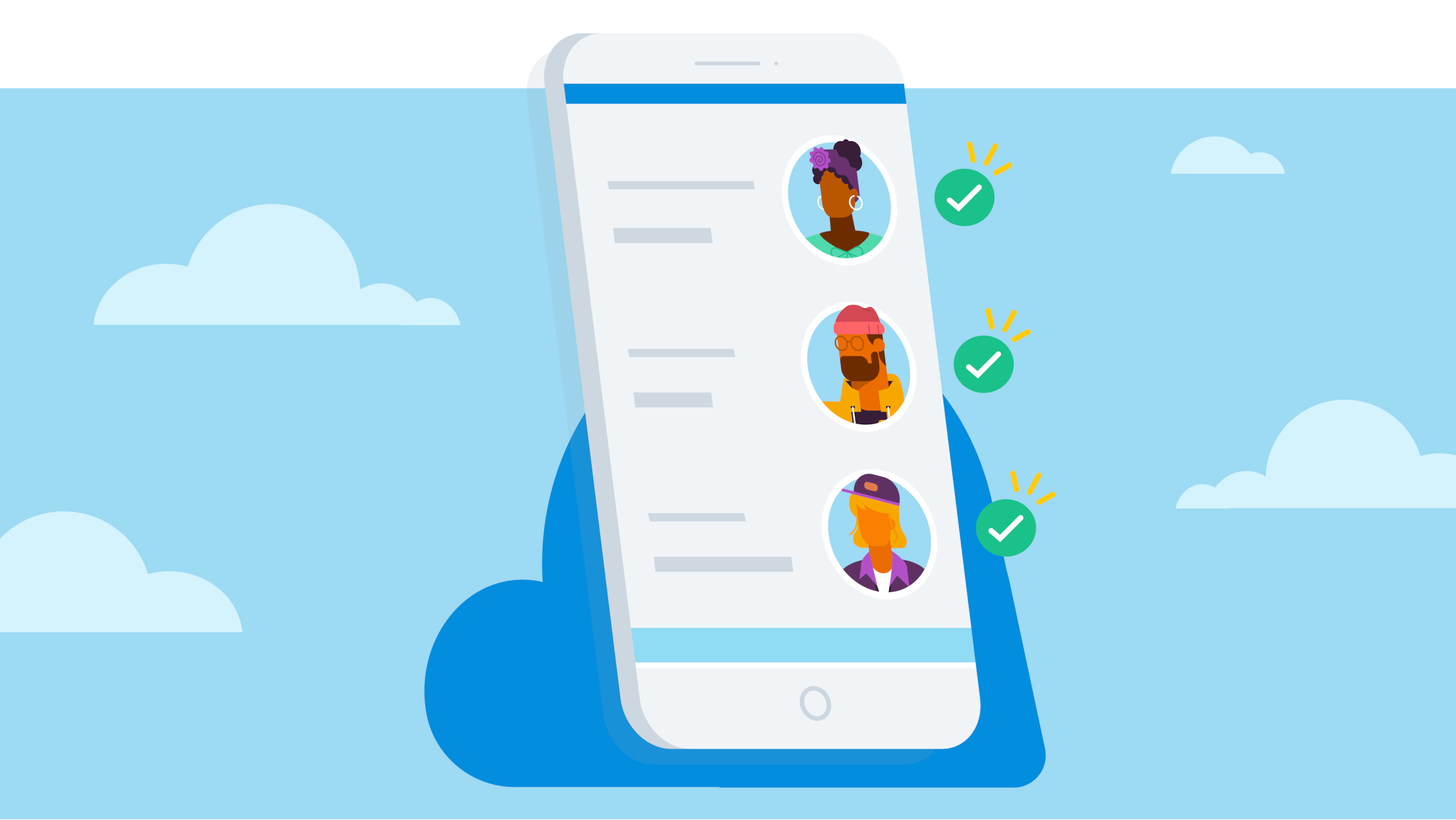How to make money from an app
Got an idea for an app? Learn what’s involved in bringing it to life, including budgeting for costs and the development

Published Wednesday 28 July 2021
Why people like the app business
Apps automate tasks – from checking weather, to managing projects, to figuring out what song just played on the radio. They’re massive time savers and the successful ones can be big money spinners too.
You make money from an app by building one thing really well and selling it over and over again. The incremental cost of adding a customer is low because the app already exists.
Can you still make money from an app?
While subscribers to a complex business-to-business (B2B) app might pay hundreds a year, most apps can’t demand that sort of money.
The dominant products get heaps of downloads and subscriptions, which means they can charge nominal fees. And now that’s what the market has come to expect – a really handy app for not much money.
So if you’re wondering how to make money from an app, the simplest answer is to get a ton of users. How many users? Well, that depends on development costs, so let’s look at those.
Costs of developing an app
Web apps are cheaper to produce. You can create a web app that does one thing really well for about $60K. Double that if you want it to do lots of things. And if you want it to live on mobile too, then you’re looking at over $200K.
Michael Yared, Echobind
US app-development company Echobind has created products for everyone from hospitals to commodity traders to gamers. CEO Michael Yared says there are a few price points to keep in mind.
They’re big numbers if you’re a novice with no prior business experience, especially when you add marketing costs on top. But a good product with a well-defined market can deliver big returns. And of course you can build an app yourself if you or your business partners have coding skills.
The process of building an app
You’re more likely to make money from an app if you keep a lid on costs. And that means you have to plan well. Yared says a methodical approach can help you focus on the right things and avoid budget blowouts.
“Decide on one or two features that the app simply must have. Don’t build more than that. You want to create the minimal viable product (MVP) at the lowest possible cost. No one is going to overtake you by putting out a more feature-rich version of your MVP. I’ve never seen that happen.”
The journey from idea to real-life app looks something like this:
- Discovery. Decide which features are absolutely necessary. Then design user flows that allow people to access those features really easily. This is the most important step.
- Wireframes. Draw each page of the app in basic black and white. Don’t bother with pictures or design elements yet. Just use blocks to show what goes where.
- Prototypes. Turn the wireframe into a clickable prototype. The app won’t actually do anything yet, but you will be able to navigate through it.
- Designs. Transform those blocky wireframes into fully designed pages. Make sure you know how each menu, button, and result page will look and what it will do.
- Development. Write the code that makes it all go. You may have written some test code along the way to test ideas – but now you’re building the whole thing.
Yared says the idea is to make most of your changes during the discovery phase. “It’s the most important part of building custom software, otherwise you risk building a house with the wrong foundations. Changes get 10 times harder and more costly to make with each successive step in the process.”
Marketing your app
Building an app is only part of the job. You won’t make any money from an app until users come onboard. It can be a good idea to distribute a beta version with test audiences before the actual launch. The feedback will help make the product better, and the testers may just become paying users after you go to market.
Whether you list your app in the app stores or create your own product website – or both – make sure your pages are optimized. Be clear about the problem your app solves and use relevant keywords in your descriptions.
After launch
See how the app is bearing up to real-life use. Certain areas may be getting more traffic than you’d anticipated, which can slow down performance. Deal with those things. Take note of which features are popular and make those experiences as good as you can. If a feature’s going unused, decide if you’ll drop it or promote it more so users know it’s there.
Michael Yared, Echobind
It’s a rush to get your first users, but you really need them to stay if you’re going to make money from the app. Yared explains those early adopters are a great stepping stone to a better product, more users, and improved profitability.
Disclaimer
Xero does not provide accounting, tax, business or legal advice. This guide has been provided for information purposes only. You should consult your own professional advisors for advice directly relating to your business or before taking action in relation to any of the content provided.
Start using Xero for free
Access Xero features for 30 days, then decide which plan best suits your business.